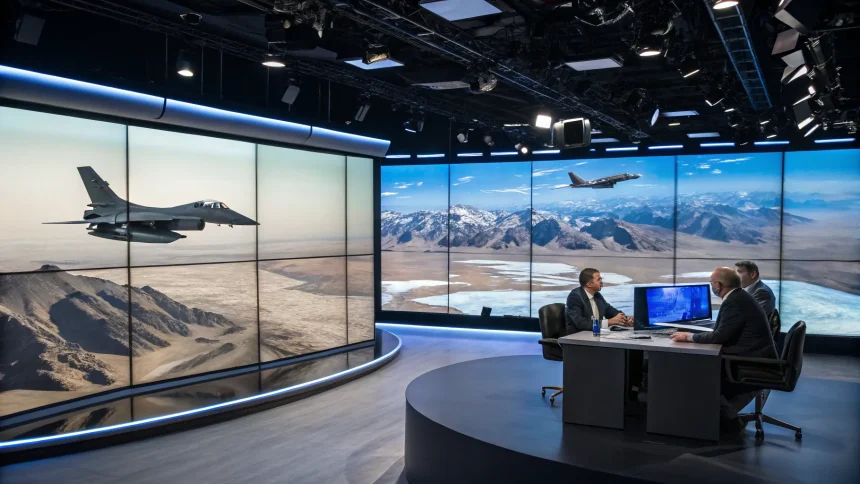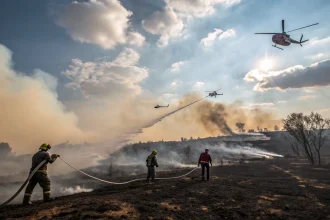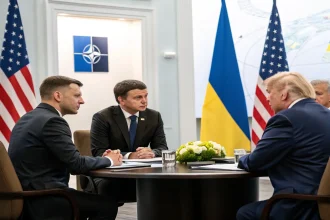President Trump has intensified his assertions that recent U.S. military strikes against Iran successfully “obliterated” key nuclear facilities in the country. The statements come following military action conducted last weekend, which targeted several locations within Iranian territory.
The former president’s comments represent an escalation of rhetoric surrounding the strikes, which have already heightened tensions between the two nations. While the administration has portrayed the operation as a decisive blow to Iran’s nuclear capabilities, the actual extent of damage remains disputed.
Experts Question Impact Assessment
National security and nuclear proliferation experts have expressed skepticism about claims of total destruction of Iran’s nuclear infrastructure. These specialists suggest that regardless of the physical damage inflicted during the strikes, the fundamental issues remain unresolved.
According to defense analysts familiar with Iran’s nuclear program, the country maintains multiple facilities with varying degrees of hardening against military strikes. Some installations are built deep underground specifically to withstand aerial bombardment.
“The physical destruction of buildings doesn’t necessarily eliminate technical knowledge or the ability to rebuild,” noted one nuclear security expert who requested anonymity due to the sensitive nature of the topic.
The Case for Diplomatic Solutions
Security experts emphasize that military strikes alone cannot provide a long-term solution to concerns about Iran’s nuclear ambitions. They point to three critical factors that make negotiations essential:
- Military strikes may delay but cannot permanently halt a determined nuclear program
- Attacking nuclear facilities risks environmental contamination and civilian casualties
- Escalation without diplomatic off-ramps increases the risk of regional conflict
Defense analysts stress that even if significant damage was inflicted on Iran’s nuclear infrastructure, the country retains the technical knowledge, scientific personnel, and industrial capacity to rebuild facilities over time.
“Regardless of the amount of damage done to Iran’s nuclear facilities, deliberate negotiations leading to a lasting agreement are crucial to prevent the resumption of war,” according to multiple experts monitoring the situation.
Regional Implications
The strikes and subsequent claims have sent ripples through the Middle East, with allies and adversaries closely watching how the situation develops. Regional powers including Saudi Arabia, Israel, and Turkey have all issued statements reflecting their respective concerns about stability in the region.
International organizations, including the International Atomic Energy Agency (IAEA), have called for restraint and a return to diplomatic channels. The IAEA has previously monitored Iran’s nuclear program under the Joint Comprehensive Plan of Action (JCPOA), from which the U.S. withdrew in 2018.
Military analysts note that the current situation demonstrates the limitations of force as a tool for nuclear non-proliferation. Historical examples, including strikes against Iraqi and Syrian nuclear facilities, show that while military action can cause delays, it rarely results in the complete abandonment of nuclear ambitions.
As tensions remain high following the strikes, diplomatic channels appear limited. European allies have urged both sides to exercise restraint and consider returning to negotiations, warning that continued military exchanges could trigger wider regional conflict with global implications.
The situation remains fluid as international observers await more concrete evidence of the strikes’ impact and Iran’s potential response. What seems clear from expert assessments is that regardless of the physical damage inflicted, long-term solutions will require diplomatic engagement rather than military action alone.









